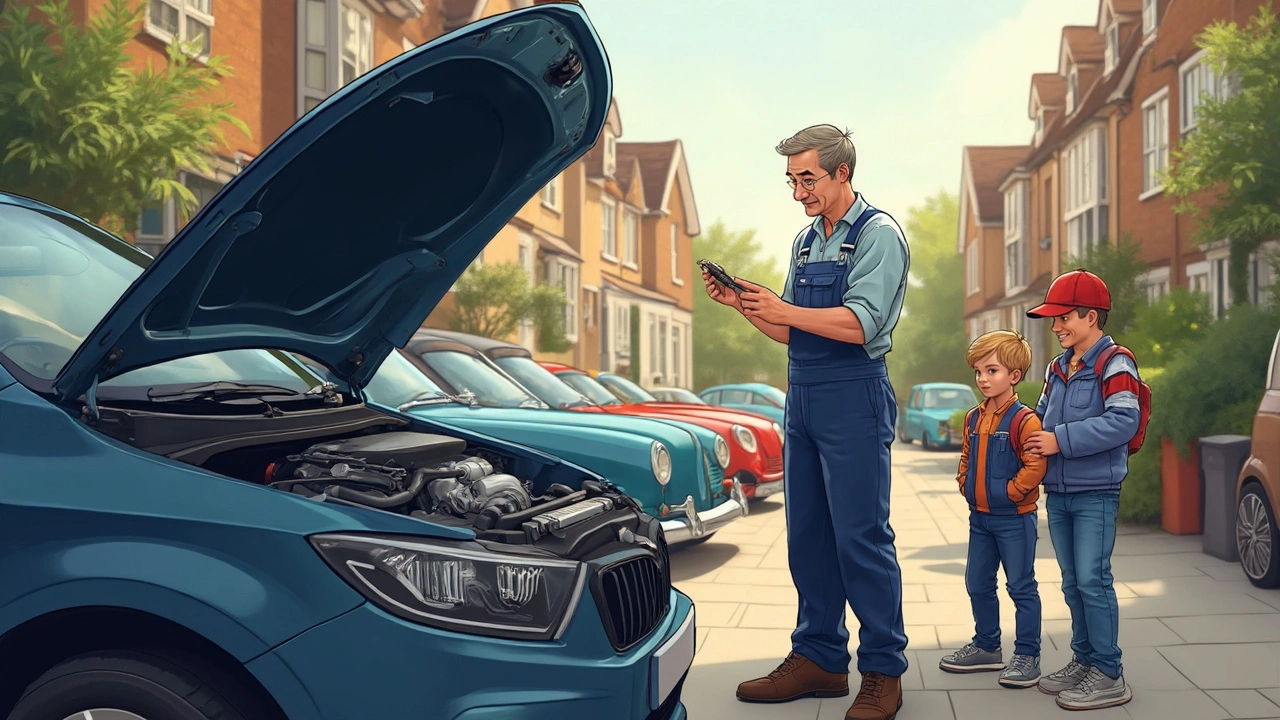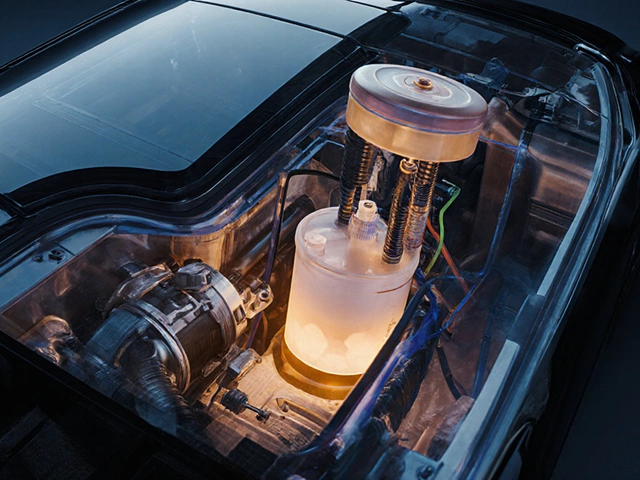Electric Vehicles: What You Need to Know
Electric cars are no longer a niche hobby – they’re on the road in town and countryside alike. If you’re thinking about buying one or already own an EV, you’ll want clear, everyday advice on how to keep it running smoothly without getting lost in technical jargon.
What makes EVs attractive? They cut fuel costs, produce zero tail‑pipe emissions, and often feel quicker off the line thanks to instant torque. The biggest hurdle for many drivers is still range anxiety – the fear of running out of juice far from a charger. Knowing the basics can turn that fear into confidence.
First, get a good sense of your car’s real‑world range. The official numbers are fine for marketing, but your driving style, temperature, and load will shift that figure. Keep an eye on the energy‑use display, and try to stay within a comfortable 80 % of the battery for daily trips. That habit leaves a safety margin for unexpected detours.
Charging Made Simple
Home charging is the easiest way to top up. A standard 7 kW wall box can fully charge most EVs overnight, turning your garage into a fuel station. If you only have a regular socket, a slower 3 kW charger will still work; just plan a few extra hours before you need the car.
Public chargers come in three flavors: slow (3–7 kW), fast (22–50 kW), and rapid (up to 150 kW). Fast chargers give you 80 % charge in 30‑45 minutes, perfect for a coffee break on a long trip. Rapid stations are great for highway stops, but they can heat the battery more, so use them occasionally rather than every day.
When planning a road trip, map out charging points along the route. Apps like Zap‑Map or PlugShare show availability, price, and connector type. Aim for stops every 150‑200 miles, and keep a backup charger in mind in case one is occupied or out of service.
Tyres and Maintenance for EVs
EVs are heavier than comparable petrol cars, so tyre choice matters. Low‑rolling‑resistance (LRR) tyres help extend range, but they shouldn’t compromise grip. Look for tyres labeled “eco” or “EV” – they’re designed for the extra weight and torque.
Because EVs deliver instant power, tyre wear can be uneven if the car isn’t aligned correctly. A proper wheel alignment, which Northwich Tyres Centre can do, keeps the car stable and maximises tyre life. Check tyre pressure weekly; under‑inflated tyres waste energy and wear out faster.
Maintenance on an EV is simpler than on a combustion engine. There’s no oil change, no spark plugs, and fewer moving parts. Still, don’t ignore the brakes – regenerative braking reduces wear, but you still need to inspect pads and rotors. Schedule a check‑up every 12 months or 12,000 miles, whichever comes first.
Finally, keep the battery temperature in check. Extreme cold or heat can shrink range, so park in shade or a garage when possible. Use the car’s pre‑conditioning feature to warm or cool the cabin while still plugged in – it saves energy for the road.
Electric vehicles are here to stay, and with a few practical steps you can enjoy lower running costs, a quieter ride, and a greener footprint. Whether you’re charging at home, on a road trip, or looking after tyres, the right habits keep your EV healthy and ready for everyday driving.
 22 April 2025
22 April 2025
Do Cars Have Radiators Anymore? The Real Story About Modern Cooling Systems
Wondering if cars still have radiators? This article gets straight to the point, showing why most vehicles today—gas, hybrid, and even many electric—still rely on radiators for cooling. Find out how radiator designs have changed, which cars break the mold, and smart ways to keep your car running cool. Learn some surprising facts you probably didn't know about car cooling systems.






0